100 years of carmaking in Oxford
- Published

On 28 March 1913, bicycle maker William Morris, later Lord Nuffield, produced his first car in a newly built factory at the former Oxford Military College in Cowley, Oxford. The Morris Oxford was dubbed "Bullnose" because of its rounded radiator. Initially producing 20 cars per week, it marked the start of an adventure that continues to this day.
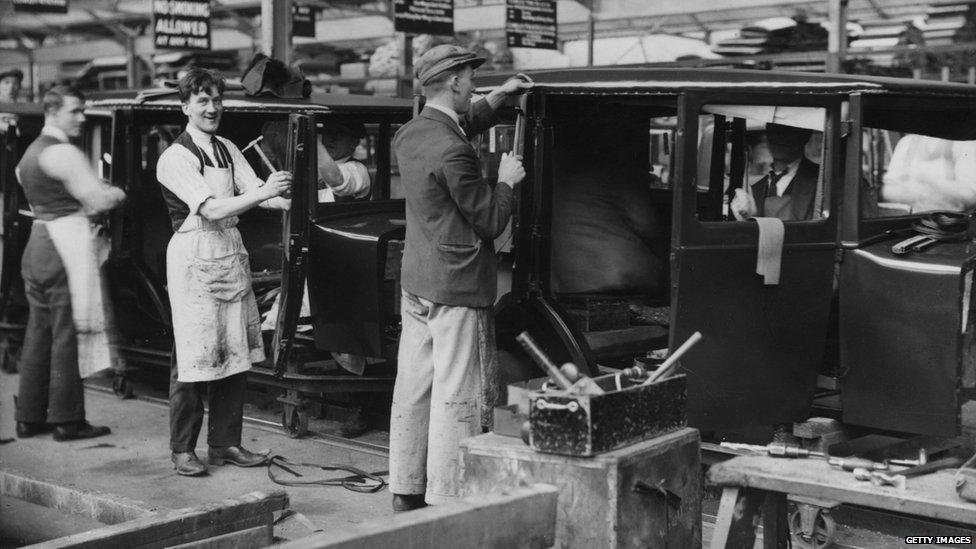
During the early years, the cars were made individually by teams of workers assembling parts from UK suppliers, such as Coventry-based engine maker White and Poppe, and foreign suppliers, including Germany's Bosch. The factory soon evolved into a mass-production manufacturing plant. By the mid-1920s, Morris had become the UK’s biggest carmaker.
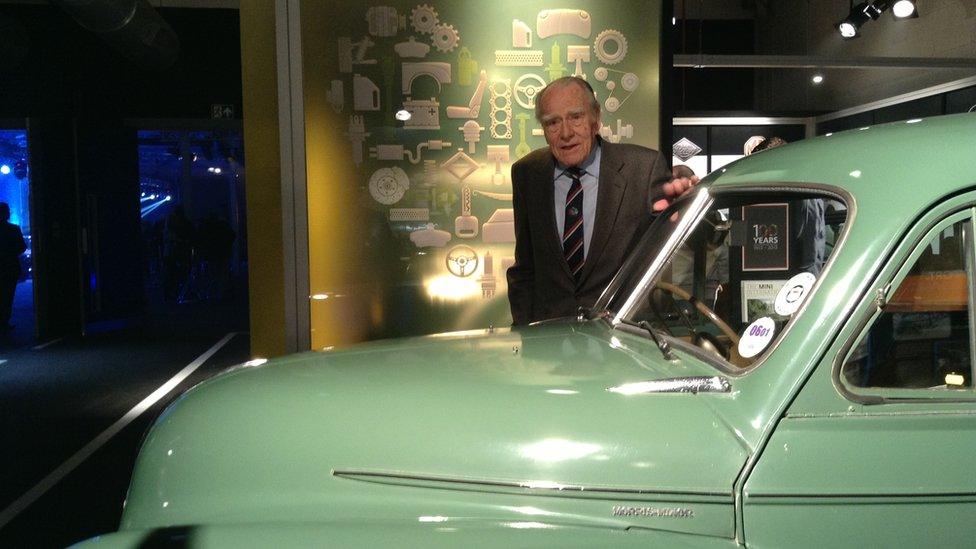
Eric Lord, who worked at the factory from 1927-57, recalls how the carmaker’s focus increasingly turned towards foreign markets. “We were boxing a lot up for shipping overseas,” he says. By the mid-1930s, Morris products accounted for 30% of the UK’s total export earnings.
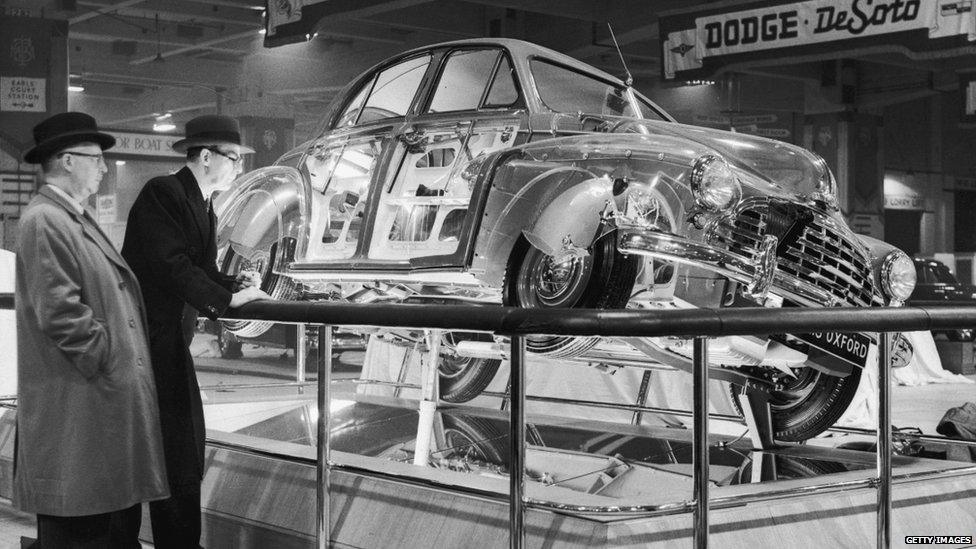
The Oxford factory has a long history of developing new technological solutions - such as those displayed in this Morris Oxford model, which was finished in Perspex to let visitors to the Earls Court International Motor Show in 1951 to see what was under the skin.
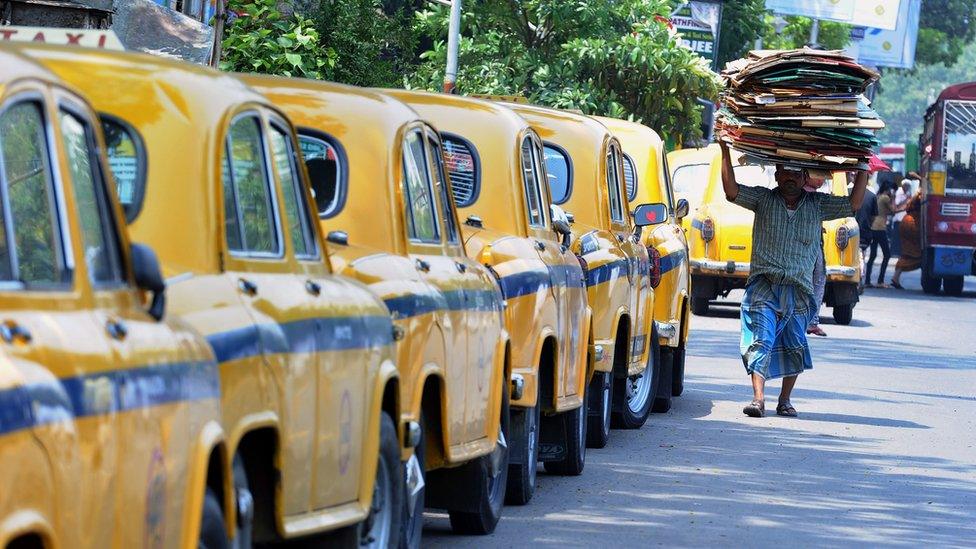
In 1952, Morris merged with rival Austin, under the umbrella of The British Motor Corporation, creating the fourth largest carmaker in the world, selling a wide range of models - including the third generation Morris Oxford, which lives on in India to this day under the Hindustan Ambassador badge.
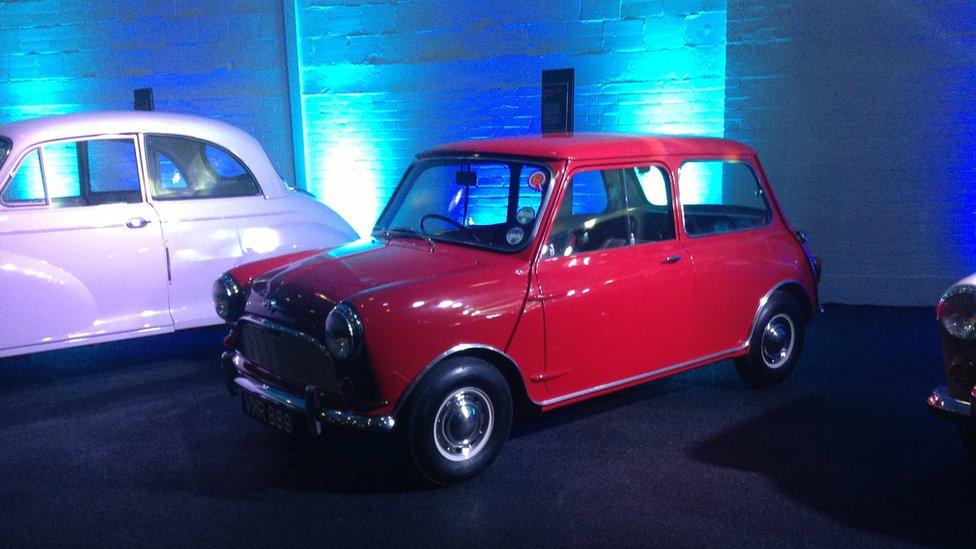
In 1959, the first Mini was produced, quickly becoming a cult car bolstering demand and in turn resulting in the workforce soaring to some 28,000 people. But the company ran into trouble, with industrial relations strained, so in the end the government pushed for a merger with Leyland in 1968. British Leyland was born.

Industrial relations remained tense and business was tough, so in the 1970s the government partially nationalised the company. By 1978, when Donna Green started working for the company, "the factory was twice as large as it is now, yet we produce about as many cars now".
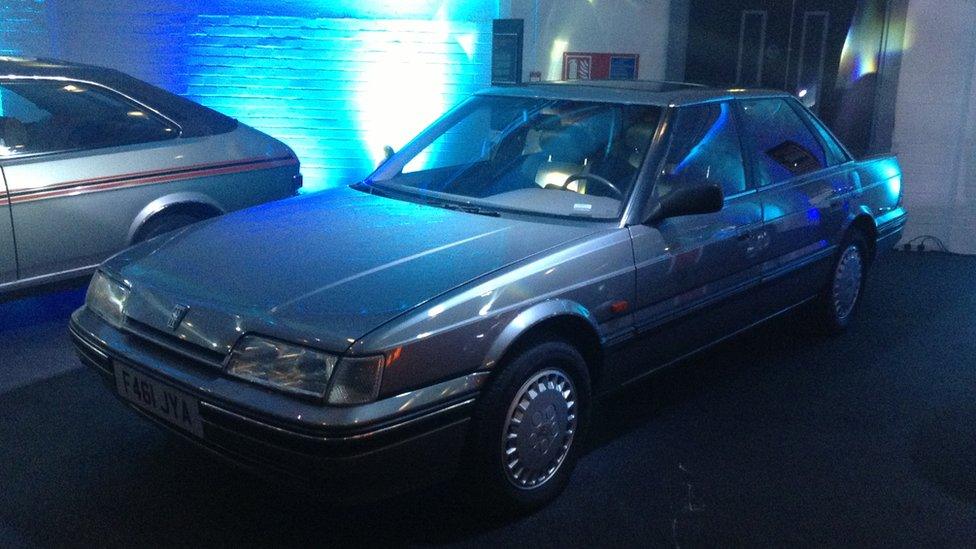
By 1986, the company had snapped up a number of British marques, including Jaguar and Land Rover. It was renamed Rover, bought by BMW, sold back to a group of former managers, renamed MG Rover, before folding in 2005 and thus marking the end of British-owned mass-production in the UK motor industry.

BMW kept the Mini marque and the Cowley plant near Oxford, where it started producing the New Mini in 2001. By 2007, a million Minis had been made. Currently, about 4,000 people work at the factory, so it remains Oxford’s largest industrial employer.
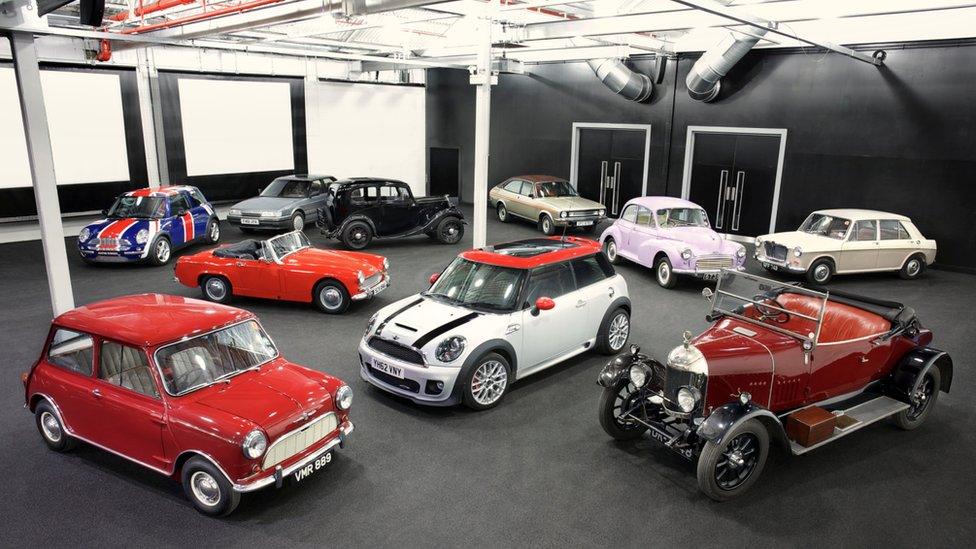
To date, the Oxford factory has hosted 14 different marques making scores of different models. More than 11.5 million cars have left the assembly line. Current parent company BMW Group says it is committed to raise output from 200,000 to 250,000 cars per year. "Oxford is to Mini what Munich is to BMW," says board member Harald Kruger.